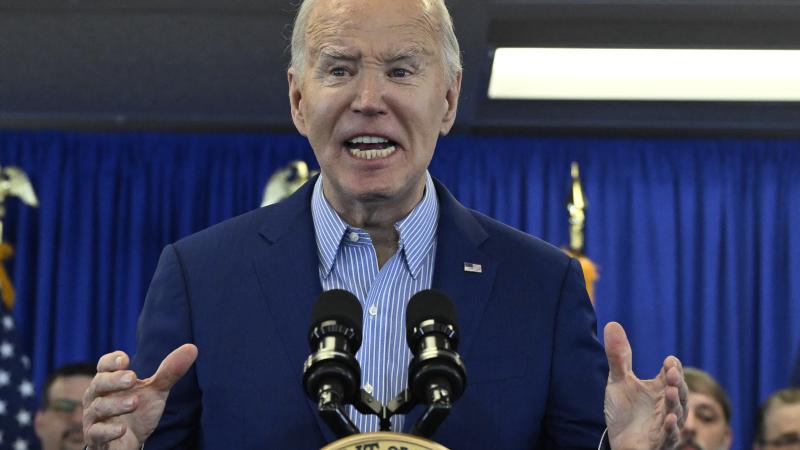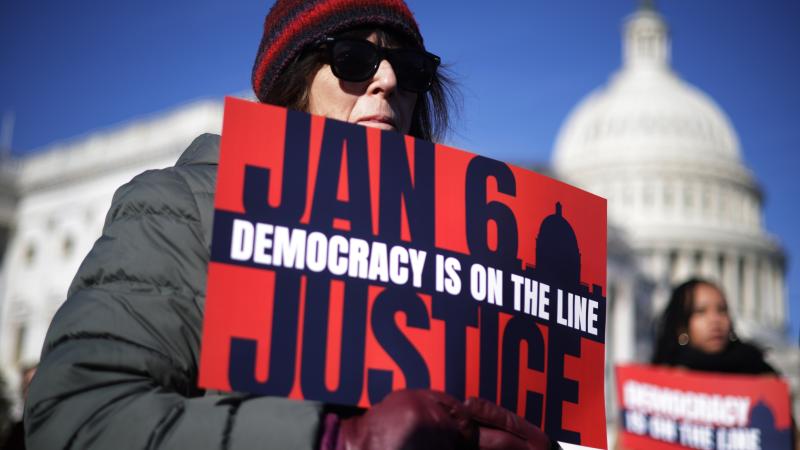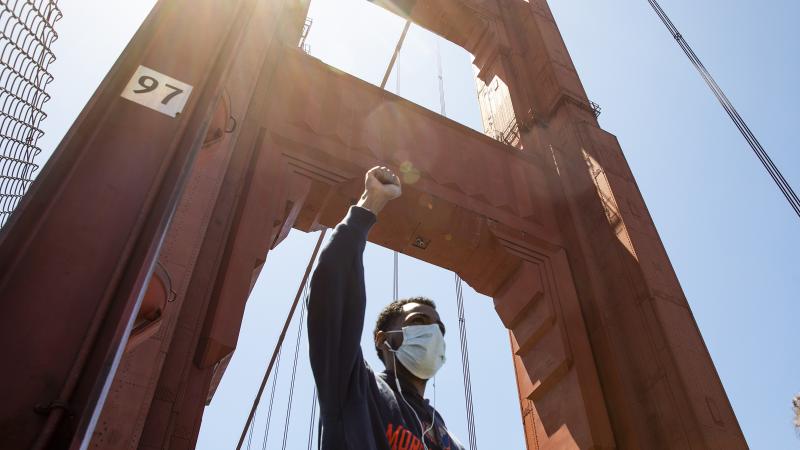After 6 months without lockdown, Sweden's COVID-19 deaths, infections bottom out
Open schools, little mask usage, few restrictions have flouted much of the world's response.
After months without lockdowns, school closures and other mitigation measures widely imposed across the world, Sweden's coronavirus cases and deaths have fallen to such minimal levels as to revive the debate over its so-called herd immunity strategy.
Some Swedish officials are far from declaring victory, warning there could be a second wave and that too many elderly died in the country during its comparatively lax pandemic restrictions. The country's population-adjusted death rate, meanwhile, is in the top 10 worldwide, but lower than the rates for Italy, Spain and even New York, where heavy lockdowns prevailed.
And the dramatic drop in new cases and deaths in that country point to a rapidly improving situation there in defiance of many earlier predictions.
The Swedish government has engaged in minimal interventions and imposed relatively few restrictions upon its citizenry for the duration of the pandemic. Yet the so-called "Swedish model" has for months drawn alarm and derision from countless world health authorities. Many have insisted that sweeping, open-ended restrictions on social and economic activity — including lockdowns, strict "social distancing" measures, and mandatory face mask orders — are the only practical methods by which the coronavirus can be halted.
Though there is relatively little evidence to support such measures, many governments — particularly those in Western Europe and the United States — have for several months imposed such orders on their respective citizens, with numerous European heads of state and U.S. governors indicating that these measures may remain in place until an effective vaccine is developed, a process that could take years, if ever, to come to fruition.
Heavy mitigation has no 'historical scientific basis'
Sweden largely eschewed such policies. Throughout March, as much of the Western world was shutting down large swaths of its economies and strictly limiting individual mobility with stay-at-home orders, Sweden opted for a much lighter touch, refusing to close down service industries, leaving schools largely open, and allowing its borders to remain open. It did restrict large gatherings for a time, while some schools were closed.
According to the World Health Organization, Sweden's daily deaths peaked in late April at 185 and have been declining ever since; on some recent days, the country has recorded as few as nine deaths. Daily new cases were in the low-to-mid-hundreds for most of July, and a few days no new cases were recorded at all.
Anders Tegnell, the country's chief epidemiologist and for months now the public face of the Swedish model, has been openly dismissive of the far-reaching mitigation measures undertaken by so many other countries.
"Closedown, lockdown, closing borders — nothing has a historical scientific basis, in my view," Tegnell said in April. "We have looked at a number of European Union countries to see whether they have published any analysis of the effects of these measures before they were started, and we saw almost none."
"Closing borders, in my opinion, is ridiculous, because COVID-19 is in every European country now," Tegnell said at the time, adding: "Nowhere in Europe has been able to slow down the spread considerably."
Swedish death rate is among highest in the world, but lower than some lockdown countries
The country has been the subject of withering criticism since March. In July, the New York Times said that the country was a "cautionary tale" for the world. The National Post in June said the Swedish model "failed" and that the country "took the pain, but realized no gain." In May, Wired stated that the country's epidemiological experiment "well and truly failed."
In justifying those claims, numerous commentators correctly pointed out that Sweden's population-adjusted death rate is significantly elevated compared to its Scandinavian neighbors Finland and Denmark, both of which have death rates 10 to 12 times lower than Sweden's. Indeed, Sweden's adjusted death rate is No. 8 in the world, 20% higher than the United States.
Tegnell has blamed those high numbers partly on the number of elderly deaths in the country, claiming Sweden did not do enough early on to protect nursing homes and retirement communities from infections.
Perhaps more pointedly, in countries that imposed some of the more draconian lockdowns in the Western world — the U.K., Italy, Spain — the pandemic at times seemed to rage out of control compared with Sweden's relatively level epidemic curve. Italy and Spain at the height of their outbreaks recorded many hundreds of deaths per day and saw, at times, local health systems on the verge of collapse.
Both countries have population-adjusted fatality rates above that of Sweden; smaller government authorities, such as those of New York and New Jersey, also have fatality rates far above Sweden's. New York State, where Gov. Andrew Cuomo instituted one of the strongest and most restrictive lockdowns in the U.S., has a population-adjusted death rate three times that of Sweden.
Herd immunity may be closer for Sweden than other countries
Tegnell and others have argued that lockdown countries likely have significantly lower immunity levels than Sweden's, and that those countries may have to lock down again in the fall if and when the disease returns.
Many experts have claimed that COVID-19, like some other respiratory diseases, will only be subject to the effects of herd immunity when anywhere from 60-80% of the population recovers from it; reaching those levels, it is argued, would require unacceptable levels of deaths.
Yet there are indications that the herd immunity threshold for the coronavirus may be much lower than that, possibly due to the presence of protective "T cells" gained from earlier exposure to other types of coronaviruses. That theory, if true, could explain why Sweden's death rate declined even as cases increased there.
Much of the world effort to determine the disease's herd immunity threshold has hinged upon testing individuals for COVID-19 antibodies, which signify a patient once had the disease and has since recovered from it. A study released in mid-May found that just 7.3% of Stockholm residents had coronavirus antibodies, far below even the lower bounds of most estimates of the herd immunity threshold.
But peak infections in Sweden occurred roughly a month after that study even as deaths there continued to plummet — an unlikely scenario if 92.7% or more of the country had absolutely no immunity to the disease.
Sweden's steadily declining deaths and cases, then, may represent an advantage obtained by few other countries at this point. Indeed, other countries that appeared to have earlier success in clamping down on the pandemic — such as Australia, Japan, Belgium, the Netherlands, Morocco, and others — have all lately posted rising numbers of cases, suggesting those populations may at this time be more susceptible to the virus than is Sweden's.
Other countries in Europe, meanwhile — including Germany, France, Spain, and Belgium —have all seen recent spikes in cases after several months of declining and plateaued infection rates, suggesting that those populations may have not achieved the same degree of herd immunity that Sweden appears to have developed.
It is possible, on the other hand, that Sweden itself may end up experiencing a similar resurgence in cases down the road: Its peak infection rate came several months after many European countries, including those currently experiencing an unexpected spike, meaning a second wave there could also be on a similar delay.
Yet Swedish authorities have argued that a resurgence in COVID-19 in that country is not just possible but likely — and that their strategy of striving for a more immune population puts them in a better position to handle it relative to other countries.
That advantage, if it exists, could prove crucial moving into autumn, with many experts warning that the disease could significantly spike again once cold weather returns to the Northern Hemisphere. Swedish Health Minister Lena Hallengren last month warned the country that "the danger is not over" and that health authorities need to be prepared to manage outbreaks of the disease moving into the fall.
Tegnell has suggested as much, though he has expressed optimism over Sweden's prospects moving into the fall. "In the autumn there will be a second wave," he told Financial Times earlier this year. "Sweden will have a high level of immunity and the number of cases will probably be quite low."
Little historical basis for lockdowns; recent studies show mixed results
A notable body of medical literature has found large-scale quarantine efforts are ineffective at stopping the spread of respiratory diseases. A 2006 paper in Biosecurity and Bioterrorism, for instance, found "no historical observations or scientific studies that support the confinement by quarantine of groups of possibly infected people for extended periods in order to slow the spread of influenza," a disease which, like COVID-19, is spread through respiratory droplets.
That same year, meanwhile, a World Health Organization writing group surveyed the evidence in favor of quarantining individuals during pandemic influenza and found support for those policies lacking: A review of instances of "mandatory case reporting and isolating patients during the influenza pandemic of 1918" found that such measures "did not stop virus transmission and were impractical," the group said.
Some preliminary studies conducted since the advent of COVID-19, such as one by researchers at the University of California, San Diego and another by medical officials at Manhattan's Icahn School of Medicine, have argued that stay-at-home orders have been effective at slowing the spread of COVID-19. Those studies, however, have yet to be certified by peer review and acknowledge various caveats about their conclusions, including data limitations and state policies that may have confounded analysis.
The usage of face masks to inhibit the spread of respiratory diseases is also disputed, with only patchy evidence that widespread face coverings have much impact on transmission rates; a team of researchers in April of this year conceded that the evidence in favor of mask usage is "sparse and contested," but that they should be used widely anyway as a precautionary measure.
Throughout the pandemic, Swedish authorities have insisted that their country's approach was one rooted in years of epidemiological research and that much of the rest of the world abandoned that data in favor of panic and hysteria.
"It was as if the whole world had gone mad," Tegnell said several weeks ago, citing the worldwide rush to lock down and quarantine. "The cases became too many, and the political pressure got too strong. And then Sweden stood there rather alone."
The epidemiologist has several times argued that the true results of various countries' approaches to the coronavirus pandemic will only become clear after several years' worth of study.
"There is no way of knowing how this ends," Tegnell said in June.
The Facts Inside Our Reporter's Notebook
Links
- The 2006 Biosecurity and Bioterrorism paper
- The World Health Organization's chart of Sweden's epidemic,
- New York Times: Sweden is 'cautionary tale' for the world
- National Post: Sweden's experiment failed
- Wired: Sweden's experiment 'well and truly failed'
- Just the News: Oxford epidemiologist says COVID herd immunity may be much lower than earlier estimates
- Just the News: T cells may provide preexisting immunity to COVID-19
















